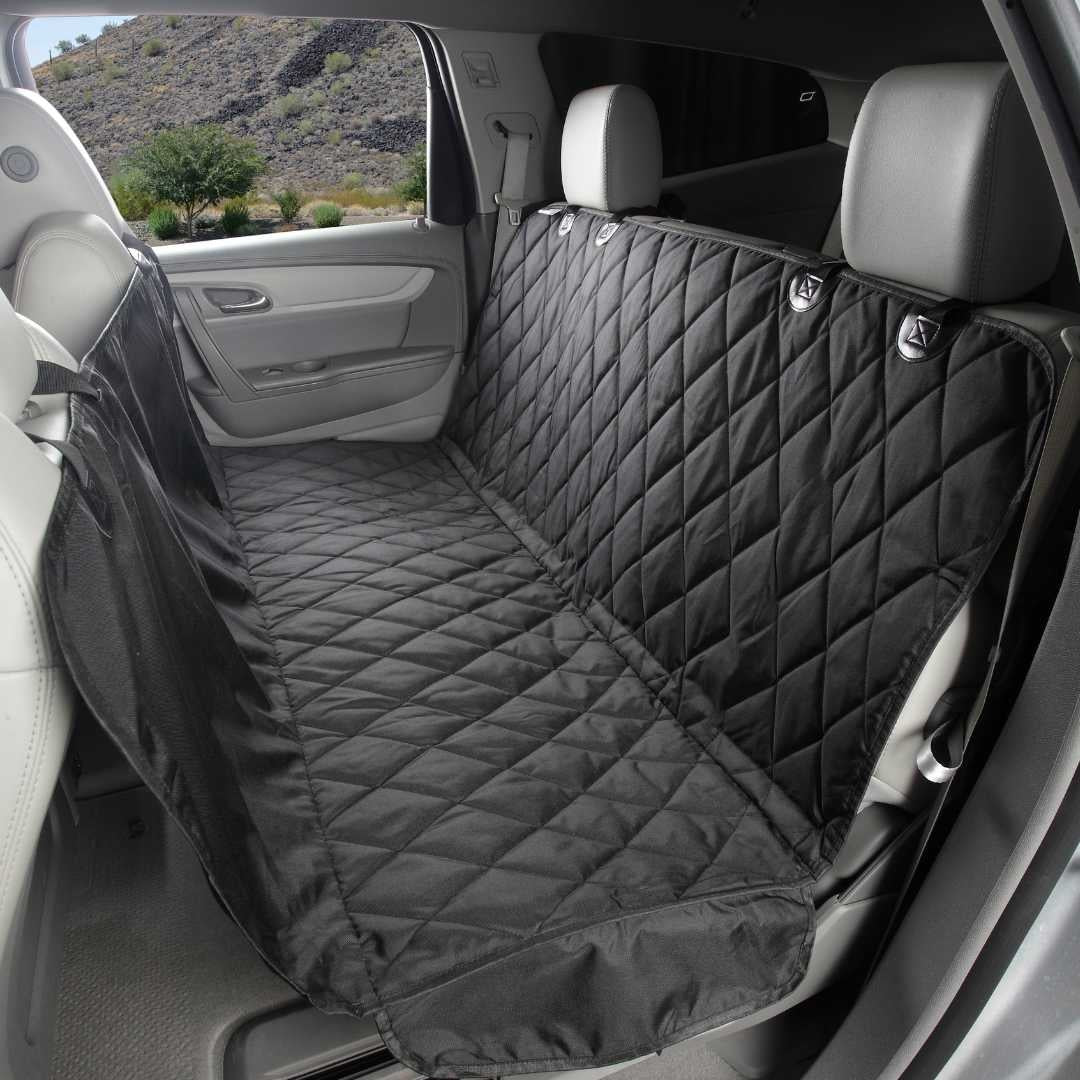Incorporating Basic Obedience Into Every Day Life
Most dog trainers will tell you that training doesn’t stop after your dog completes their basic obedience training. No, if you are not training/shaping a new behavior, you’re reinforcing an existing one.
But training doesn’t have to cost money, nor does it have to take place in a classroom.
With some simple planning, you can continue to use your basic obedience commands with your dog as you go about your daily business.
Here are some suggestions for doing just that:
Sit/Down
When you are preparing meals, whether it is for human or canine consumption, “Sit” or “Down” is perfect to keep the kitchen area clear as well as ensuring easy maneuverability. You can also have your dog “Sit” or “Down” before you set their meal down.
“Sit” can also be used on your walk when you stop to pick up your dog’s waste, or if your dog is easily distracted by other dogs/people. It’s also not a bad command to use when a car is approaching.
Wait
This command comes in handy if you need to have your door open while you bring in groceries, or packages, to allow guests to enter your home, or simply just for practice. “Wait” is a temporary command; it helps teach your dog impulse control.
Practice your “Wait” command at feeding time when you are getting ready to set their bowl down, or on a walk when it’s time to cross the street.
Stay
“Stay” should mean, “do not move until I come back for you.” Practice this in your home if you need to nip out of the room for a minute.
Both “Wait” and “Stay” can literally be the difference in life or death if, say, your dog were to get loose in a busy traffic area.
Come, Here or Your Own Recall Word
A solid recall is important, and you can practice this so many times in your daily routine. When it’s time for a walk, for mealtime, to go out for the last potty of the night, or simply just because.
Place
A small throw rug can be used for the “Place” command. This command can be used when the doorbell rings, or when guests arrive. In my house, dogs need to stay on their ‘Place’ when it is dinner time for the humans. After we’ve finished our meal, we release the dogs and reward them with a small treat.
Leave It
“Leave It” is one of those versatile commands that you can use for just about anything. It keeps your dog from snagging something harmful off the floor/ground, from rolling in something disgusting, from ripping your arm off at the sight of a squirrel.
Look
Practice your look command on walks when another dog or animal is distracting, or at meal times before you set your dog’s food down.
Once your dog knows their basic obedience commands, there is no end to where you can use them.
A tired dog is usually a well-behaved dog and mental stimulation can be almost as tiring as a physical exercise.
How do you incorporate basic obedience commands into your everyday life?
Jodi Stone
Jodi Stone is the author of Heart Like a Dog, a community based blog, where readers go to find humor, inspiration and support. Inspired by the challenges she faced when she rescued her dog, Delilah, Jodi’s goal is to let other dog owners know that their dog doesn’t have to be perfect and they definitely aren’t alone!
Jodi is cohost of the popular Barks and Bytes Blog hop, is co-creator of the DADO blog hop, and created the Caring for Critters Round Robin which resulted in a community health page for pets as a permanent addition to her blog.
Graduating with a degree in Communications, Jodi currently works as an administrative assistant.
Jodi lives in CT with her husband and two dogs, Sampson and Delilah. When she’s not blogging, Jodi can be found hiking the trails with Sampson and Delilah, spending time with her grandchildren, or cuddle up with a good book and preferably a dog.
Jodi is most active socially on her blog www.heartlikeadog.com or https://www.facebook.com/HeartLikeADog/





